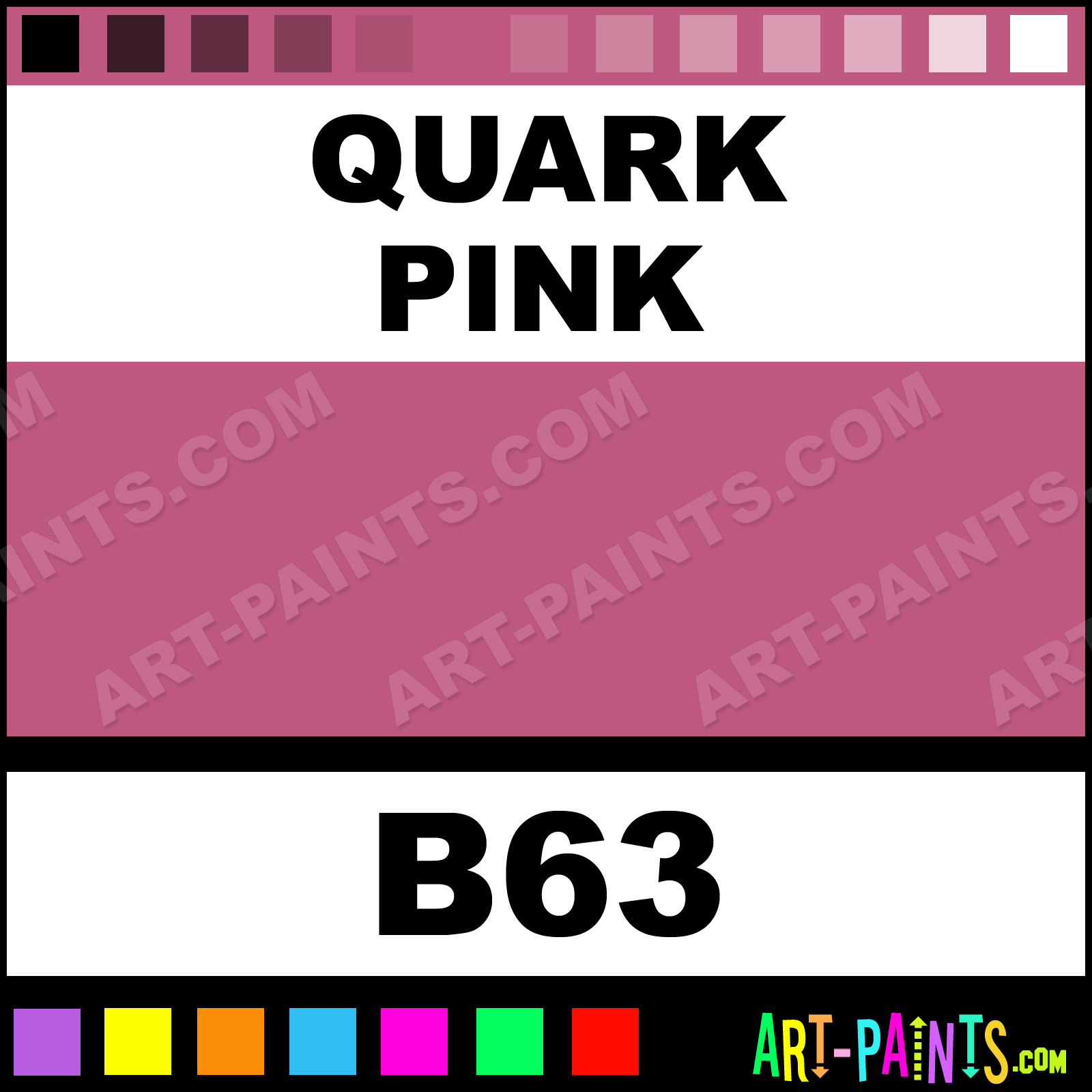
(from, look there for more technical explanations)īe, however, cautious as in this picture gluons actually have colour and anticolour, but to decide which is which, you need to assign it a direction of movement. Additionally, it explains why only baryons and mesons are observed by themselves and not quarks and gluons (which are not colourless or white).īest illustration I've seen so far is here: In this fashion, colors get exchanged between interacting colored particles. You are right that quark can change its colour by interaction with gluons, but the colour is conserved - it is just that gluons carry a pair of different colour-anticolours such that colour lines are always unbroken.Īlthough this seems cumbersome, this picture is well motivated by the group symmetry found in hadrons. Naively, one would transform the effective quark interaction dnt only in the fermion- antifermion channel thereby creating color singlet and octet states. That gluon will then find a green quark, where the magenta will annihilate with the green and leave the red color behind. Rename the layer as Background Color and click OK. Mesons contain pairs of quarks of colour-anticolour and hadrons contain 3 quarks of different colours making them white in analogy with regular colour perception. As this designers toolkit 500 grids and style sheets adobe indesign quark xpress and dreamweaver css.

Both of them consist from colourless combinations of quarks.

Since quarks make up the baryons, and the strong interactiontakes place between baryons which are colorless, you could say that the color force is the source of the strong interaction, or that the strong interaction is like a residual color force which extends beyond the protonor neutronto bind them together in a nucleus. The quarks that form a hadron, for example a proton, occupy a tiny space, and according to the Pauli exclusion principle, two particles in the same quantum state can not exist in the same space and at the same time. The force between quarks is called the color force. Color, or color loading, is a property of quarks studied by quantum chromodynamics, although quarks do not have a color we can see.

Hadrons come in 2 families: baryons and mesons. A property of quarkslabeled coloris an essential part of the quarkmodel.


 0 kommentar(er)
0 kommentar(er)
